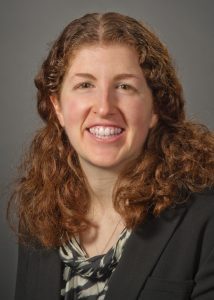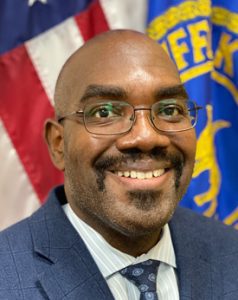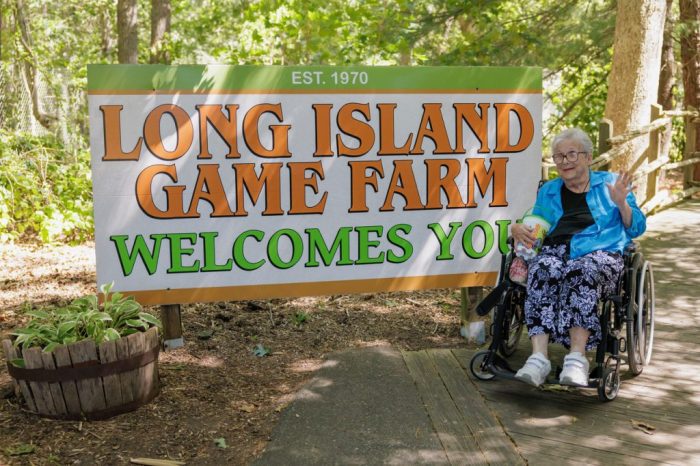By Daniel Dunaief

You know that optical illusion with the vase and the two faces? If you’re looking at the outline of the white object, you see a vase, but if you look at the white as the background, you see two faces.
Is it possible that we might, at times, be missing something in our lives?
We drive from one event to another, often ignoring the people in the car next to us at a stoplight, at the birds resting on a telephone wire or at the last few rays of the sun as the light disappears over the horizon.
Instead, we’re focused on getting where we’re going, giving our mind a chance to wander to important things, like what we’re going to say to the coach of our son’s little league team, to our boss who wants to know why we’re late, or to that person at the deli counter who starts preparing our sandwich before we even order.
Along the way, we might be missing signs that could stimulate or enrich our mind in unexpected ways or that could provide the kind of unanticipated signs that serve as clues about our lives. Sure, some people read horoscopes for such help, they ponder the pithy poetry of fortune cookies, or they visit a psychic, who asks them if they’ve ever known a person named John or if they’ve ever gone with a date to a movie or like to take walks on the beach.
But, with our heads down, living on our phones, focusing on events and people far from us, is it possible that we might miss something akin to a puzzle piece in the mystery of our lives?
Sure, telemarketers are frustrating and annoying, offering us products we don’t need, asking us for personal information, and assuming a far-too-familiar tone.
What if those telemarketers, who are even more unpopular than used car salesman, journalists and politicians, offered us something between the lines of their scripts that might be of use to us? We don’t have to stay on the phone long with them and we don’t have to buy something we don’t want, but maybe we can give them half a minute, listening to them and politely declining their offer for more life insurance, a time share in the Everglades, or a chance to earn money as a personal shopper.
Maybe something they say will remind us of a task we wanted to accomplish, a phrase a friend or relative used to use, or a responsibility we haven’t yet met for ourselves. In a world in which there are no accidents, perhaps they can remind us of something we value.
Along the same lines, the scenery that flies by while we’re on a train, a bus or in a car could remind us of a picture we drew from our childhood, a tree we used to climb, or a friend who might need to hear from us but hasn’t felt strong enough to ask for help.
Hundreds and thousands of years ago, people looked to the skies for the kind of signs that might help them.
When we shut ourselves in our homes, disconnect from the people in the room or from the environment, we close down the opportunity to see or consider any signs from the world around us or to get out of our own limited physical, mental and emotional headspace. We also lock ourselves in to a particular way of thinking, removing the opportunity to consider whether today is a day to see the vase or the two faces.
By getting away from our computer screens, cell phones, and cubicles, we give ourselves a chance to see what the world offers, and how those cues affect the way we think about our lives.



















